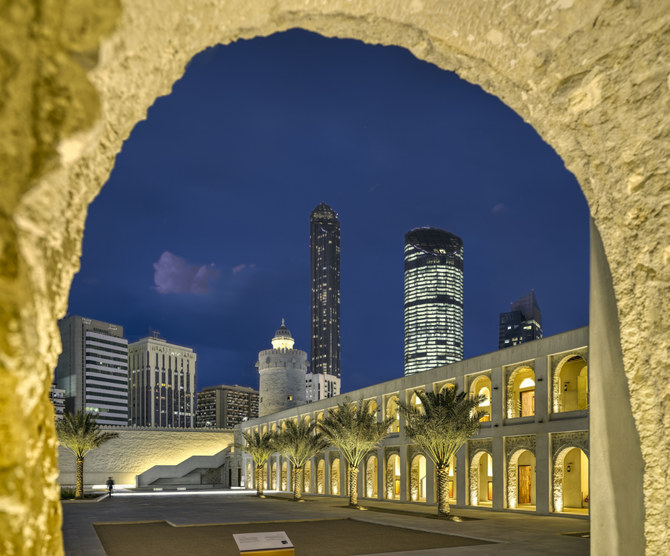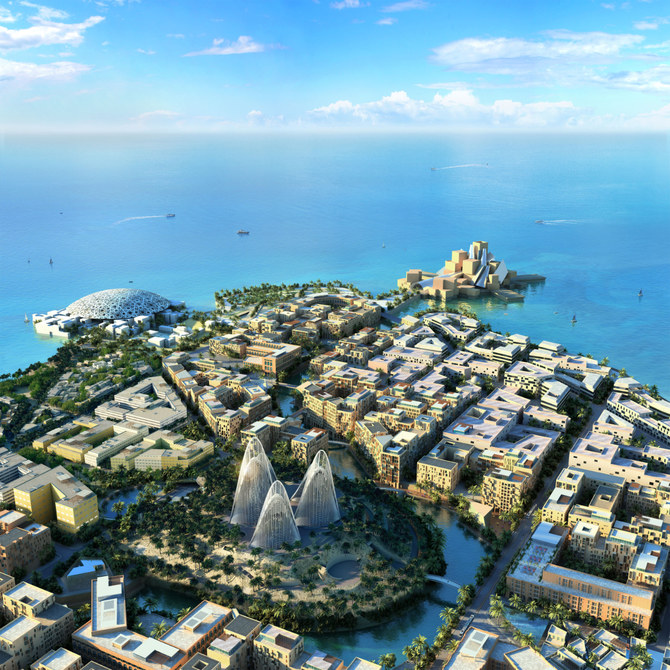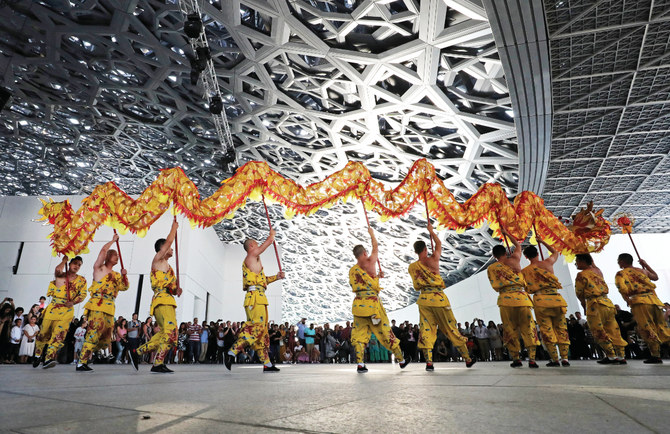DUBAI: Given the financial pressures of the past 18 months, few would expect a hefty investment in the arts and culture to be high on any government’s agenda. And yet, as economies emerge from the pandemic gloom, several Arab countries are pouring billions of dollars into the creative economy — art galleries, heritage sites and museums — to entice visitors and reinvigorate long-term growth.
UNESCO says cultural and creative industries are among the fastest-growing sectors in the world, delivering annual revenues of $2,250 billion, generating 30 million jobs and contributing roughly 10 percent to global gross domestic product (GDP).
Recognizing the sector’s potential, the UN designated 2021 as the International Year of the Creative Economy for Sustainable Development.
Saudi Arabia, the UAE and Egypt are prominent among the countries investing in cultural megaprojects with the goal of diversifying their future revenue streams and benefiting from other positive impacts: celebrating rich natural beauty and heritage; educating young populations; and attracting international brands and visitors.
As in the rest of the world, the Middle East’s creative economy sectors have been particularly affected by the COVID-19 pandemic. But here too, public response to the crisis has underscored the importance of creativity and culture in supporting community resilience.
In Saudi Arabia, spending on cultural projects has been ongoing for several years. Most recently, the Kingdom has doubled down on its landmark Diriyah Gate project — a culture and leisure complex in the historic heart of Riyadh — which sets out to rival the pyramids of Egypt and the Colosseum of Rome.
Jerry Inzerillo, CEO of the Diriyah Gate Development Authority, told Arab News in June that his budget had been increased from $20 billion to $40 billion. The move to expand the project’s budget and scope was the brainchild of Saudi Crown Prince Mohammed bin Salman, Inzerillo said on the “Frankly Speaking” show.
Diriyah was the seat of the first Saudi Kingdom in the 18th century and is regarded as a centerpiece of Vision 2030 — a collection of development and diversification initiatives launched in 2016, which include major investments in culture, leisure and tourism.
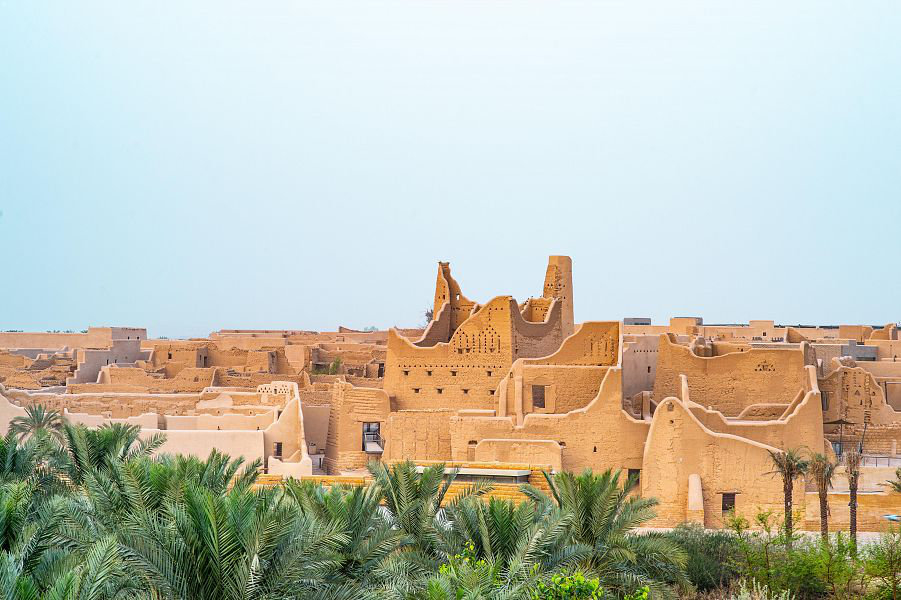
Old structures in Riyadh's Diriyah cultural district, the site of the first Saudi Kingdom in the 18th century, have been preserved. (Supplied)
One of Saudi Arabia’s most ambitious cultural projects is the Journey Through Time master plan — a 15-year project to develop the AlUla valley, home to Hegra and a multitude of other historical sites, into a living museum designed to immerse visitors in 200,000 years of natural and human history.
Additionally, the Saudi Cultural Development Fund has been created under Vision 2030 to support individuals, businesses and civil society groups working in the sector. It has already disbursed SR 180 million ($47.9 million) to projects in 2021.
“Saudi Arabia is in the midst of a pivotal cultural movement,” Reem Al-Sultan, CEO of Misk Art Institute, told Arab News. “The institute recently doubled its annual Misk Art Grant to SR 1 million, making it the largest arts grant in the region, and launched the Art Library, a new legacy initiative dedicated to documenting the work of seminal Saudi and Arab artists.”
Misk Art Institute was established by Crown Prince Mohammed bin Salman in 2017 to encourage grassroots artistic production in Saudi Arabia, nurture the appreciation of Saudi and Arab art, and enable cultural diplomacy and exchange.
“Providing support, infrastructure and opportunity for Saudi art and artists brings global awareness to the rich cultural heritage of the region, inviting greater international dialogue and enhancing our relationships with our cultural counterparts around the world,” Al-Sultan said.
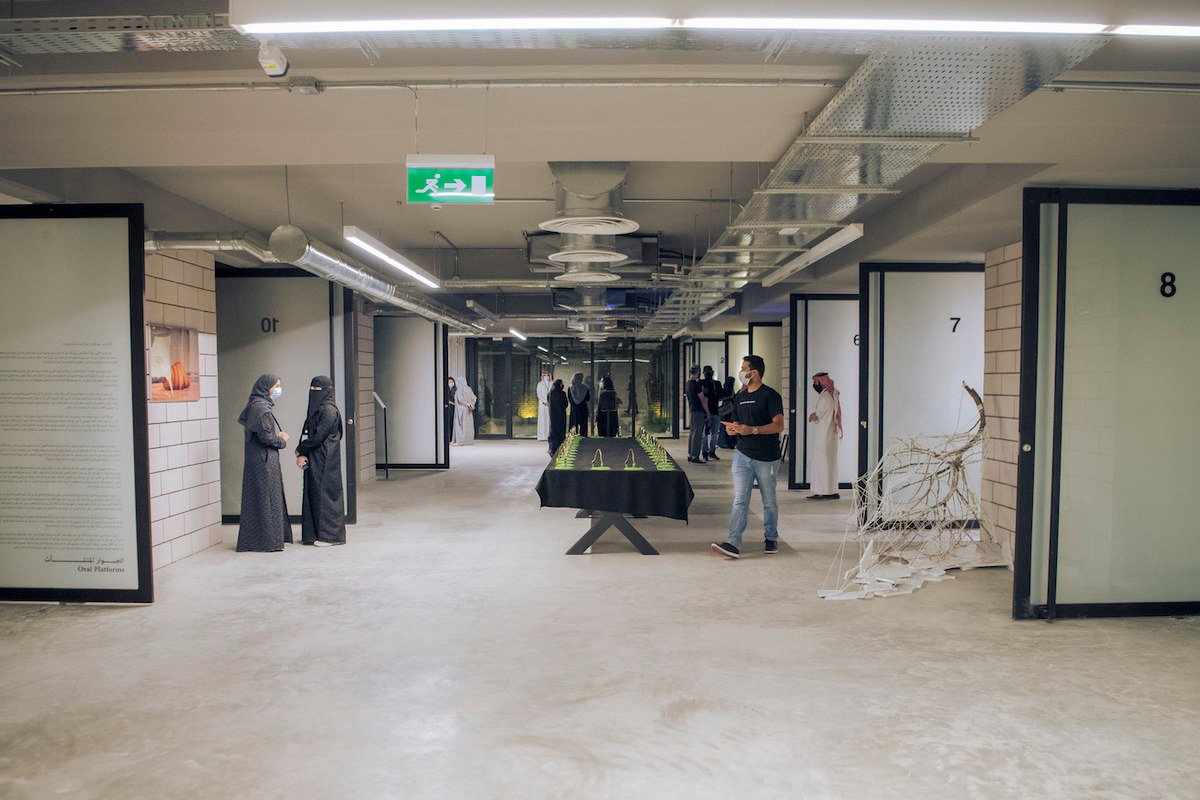
Misk Art Institute designed the Masaha Residency as a way for artists to pursue new projects and ideas. (Supplied)
In neighboring UAE, Abu Dhabi announced in June that it would be investing $6 billion in cultural and creative industries on top of the $2.3 billion already pledged as part of its post-pandemic stimulus program.
“In terms of growth, we know the creative industries are going to be a major contributor to GDP in Abu Dhabi,” Mohammed Al-Mubarak, who chairs the emirate’s Department of Culture and Tourism, recently told the Financial Times.
Launched in 2019, Abu Dhabi’s Culture and Creative Industries Strategy (CCI) is a comprehensive five-year plan to accelerate business growth and job creation in the realms of film and television, visual and performing arts, gaming, e-sports, heritage, crafts and publishing.
It includes an overall planned investment of more than AED 30 billion ($8.1 billion) across the public and private sectors, with AED 8.5 billion already pledged to drive ahead monumental projects, including the Yas Creative Hub and Saadiyat Cultural District.
The Yas Creative Hub, a new media zone that includes a regional CNN newsroom, is expected to employ 8,000 workers by the end of the year. Meanwhile, the Saadiyat Cultural District, which is scheduled for completion by 2025, will feature the Abrahamic Family House — an interfaith-dialogue facility comprising a mosque, a church and a synagogue.
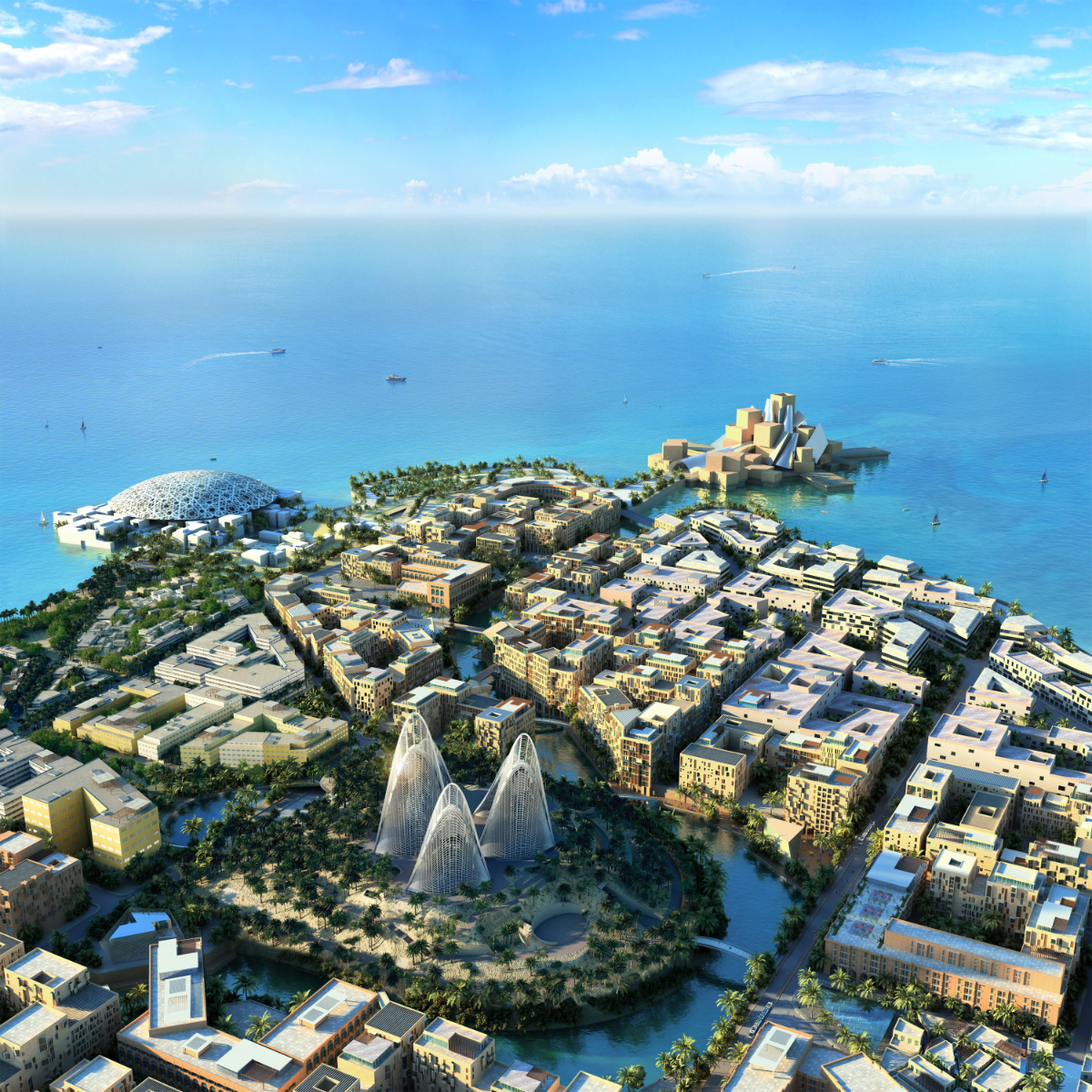
Saadiyat Cultural District in Abu Dhabi. (Supplied)
Some 20,000 people already work in Abu Dhabi’s creative and cultural sector. A further 15,000 jobs are expected to be created over the next four years — an ambitious goal that may not be achievable without a flexible visa system to attract outside talent, which is why Abu Dhabi is rolling out a special creative visa program, open to professionals endorsed by the Department of Culture and Tourism.
INNUMBERS
$6 billion - Abu Dhabi’s latest investment in cultural and creative industries
$40 billion - Enlarged budget for Saudi Arabia’s Diriyah Gate Project
$1 billion - Egypt’s investment in the Grand Egyptian Museum
“This isn’t a new trend. Abu Dhabi has been investing in culture significantly for over a decade,” Dyala Nusseibeh, director of Abu Dhabi Art, told Arab News.
“There is already this key investment happening. What has been announced is the continuation and expansion of that investment. Why? Because the government has done its research and found that it is a multi-billion-dollar industry. The strategy is about finding ways to harness that growth locally.”
Already home to the Louvre Abu Dhabi, the emirate will also soon host the Zayed National Museum and Guggenheim Abu Dhabi. A further AED 22 billion will be released over the next five years to support new museums and creative activities.

The Zayed National Museum in Abu Dhabi, UAE. (Supplied)
“The CCI is one of the fastest-growing economic sectors worldwide,” Saood Al-Hosani, undersecretary of the Department of Culture and Tourism, told Arab News. “In Abu Dhabi, we have witnessed significant growth in the CCI, and today it is a key driver of social and economic growth, as well as diversification.
“More than 20,000 people already work in the sector, and we expect this to grow significantly over the coming years. In addition, the CCI has consistently shown considerable resilience and adaptability in the face of changing economic dynamics.
“So, as the world emerges from the effects of the COVID-19 pandemic, we can expect its high-value products and services to help power economic recovery.”
Egypt has also jumped on the cultural spending bandwagon to help reinvigorate its lagging tourism sector. The Grand Egyptian Museum, a brand new 5.2 million-square-foot edifice at the edge of the Giza Plateau due to open later this year, is part of a $1 billion state investment in heritage and culture.
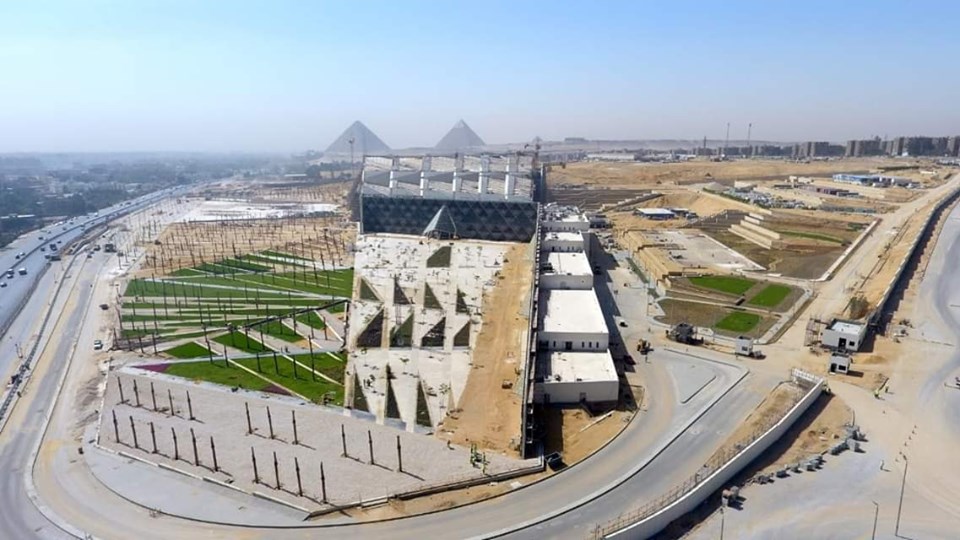
Once completed, the Grand Egyptian Museum, also known as the Giza Museum, will be the largest archaeological museum in the world. (GEMCC via Facebook)
The Ministry of Tourism and Antiquities says it aims to raise the standard of services provided to visitors at 30 of its key attractions, museums and archaeological sites, including Al-Moez Street in Old Cairo, the capital’s Citadel, and museums in Alexandria, Fayoum, Sohag and Luxor.
Egypt is also currently building a New Administrative Capital east of Cairo, which is expected to have several theaters, exhibition halls, libraries, museums and galleries. The first phase of the city is due for completion in 2030 at a cost of $58 billion.
It is not just the state that is sinking large sums of money into Egypt’s cultural reawakening. Orascom Investments, run by Egyptian billionaire Naguib Sawiris, has signed a contract worth $12.7 million to develop and manage the sound and light shows at the Giza Pyramids.
Tourism is a huge source of revenue for the Egyptian economy, reaching $13 billion in 2019. However, just 3.5 million tourists visited the country in 2020, compared with 13.1 million a year earlier. Officials expect visitor numbers will return to pre-pandemic levels by 2022.
The hope is that once the pandemic is gradually brought under control and the global economy begins to recover, the return on the investments and other positive impacts will fully vindicate Arab governments’ decision to keep spending on culture.
______________
• Twitter: @rebeccaaproctor


